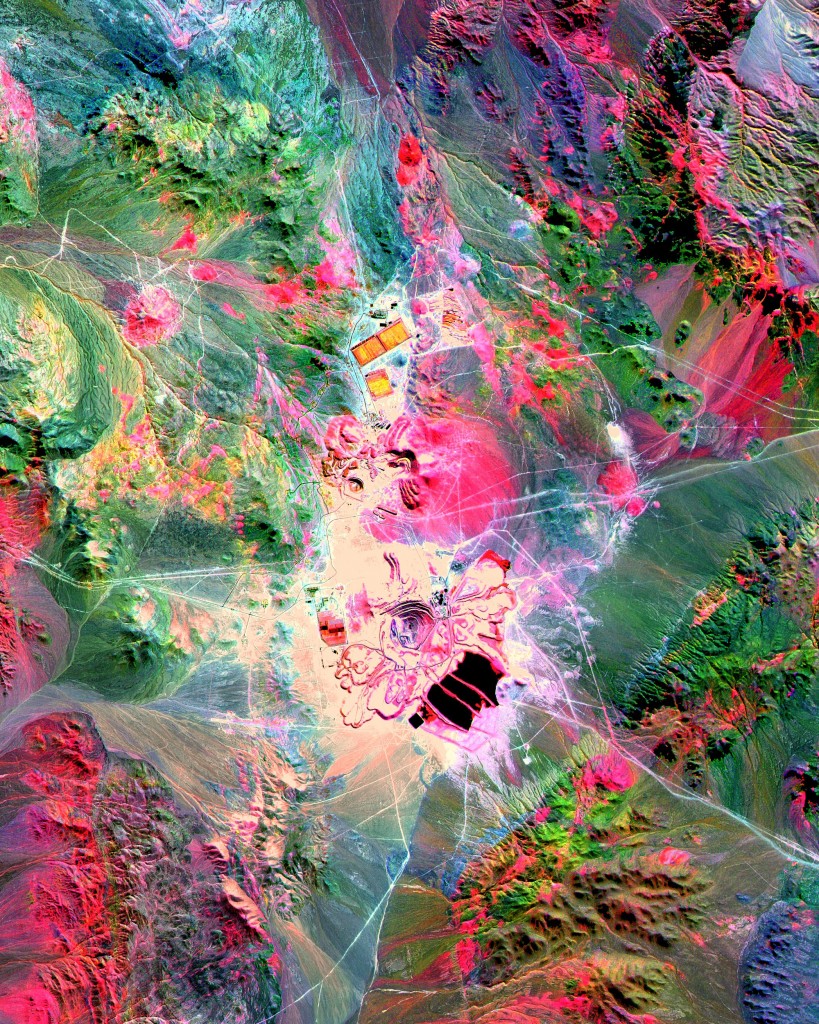Observation is primarily the act of gathering information about something. Humans have been observing nature for far longer than they have been creating art, if only for the purpose of acquiring knowledge for survival. Fortunately, humans in more recent history have the luxury of observing nature at will, whether it be for scientific inquiry, medical advancement, space exploration, as well as spiritual engagement, recreational hobby, aesthetic inspiration, or pleasure.
Observation is largely a sensory experience; the process of filtering sensory information and synthesizing it with thought. Our minds absorb physical reality through our limited senses and reorganize the data to develop our consciousness of the world around us. The process of observation, therefore, may affect the process being observed, an idea called the observer effect.
Time and innovation have conjured a plethora of methodologies and technologies to aid in our observations of nature. “Scientific instruments were developed to magnify human powers of observation, such as weighing scales, clocks, telescopes, microscopes, thermometers, cameras, and tape recorders, and also translate into perceptible form events that are unobservable by human senses, such as indicator dyes, voltmeters, spectrometers, infrared cameras, oscilloscopes, interferometers, geiger counters, x-ray machines, and radio receivers.” wikipedia
Photographic Observation Technologies and Remote Sensing Imagery
Modern technologies have assisted humans in the investigation of natural phenomena. The invention of photography in particular has granted a unique perspective in the observation of nature. An early pioneer of photo-observation of nature, Eadweard Muybridge captured portraits of Yosemite Valley and extensive studies of movement, which were not possible without that available technology. French photographer Gaspar Felix Tournachon, known as “Nadar” was the first to experiment with aerial photography from hot air balloons, for the use of surveying and mapmaking. With the advent of flight, and even the rise of the Eiffel Tower at the 1889 World’s Fair, photography from above allowed never before seen perspectives on earth below.
Aerial photography, like that explored by Nadar, is the earliest form of remote sensing imagery, or the “acquisition of information about an object or phenomenon without making physical contact with that object” (Wikipedia). Photographic technology has advanced greatly in it’s short history, enabling revolutionary observational methods. Today’s remote sensing devices enable the detection and classification of objects on earth with the use of propagated signals. Passive sensors detect both natural radiation emitted or reflected by objects, while active sensors emit radiation and measure the energy reflected back by the target. The Centre for Remote Imaging, Sensing, & Processing clearly describes remote sensing as “the technology of acquiring information about the earth‘s surface (land and ocean) and atmosphere using sensors onboard airborne (aircraft, balloons) or spaceborne (satellites, space shuttles) platforms” (CRISP).
Applications of remote sensing imagery aid in the creation of digital elevation models and topographical and seafloor mapping, the detection and measurement of land usage, deforestation, vegetation, and chemicals in the atmosphere, as well as the study of meteorology, mineralogy, biology, and environmental impacts.
Different materials such as water, soil, vegetation, concrete, and asphalt reflect visible and infrared light in different ways. They have different colours and brightness when their wavelengths are measured. The United States Geological Survey provides this example of how the same area of land can be represented in different ways, depending on the types of wavelengths measured.
The left image has been processed to show only the ground surface, known as “bare Earth.” The right image, processed for “first-surface data,” shows the tops of everything, including trees and buildings.
The interpretation of their reflective properties produces surprisingly stunning portraits of the earth that were never before possible.
Remote sensing images are purely scientific observations of Earth’s makeup, however the data they represent reveal greater characteristics about our planet that are quite moving. Check out Earth Imaging Journal’s Image Gallery, where you can click around a map of the Earth, and explore examples of remote images and the geographic locations they represent. It is easy to be mesmerized by the flashy display of images like these, however, the data can often expose unsightly truth’s about our world. For example,
This image shows the increasing danger of land subsidence in Semerang, a mega-city in Indonesia (BGR).
This stimulating image is in fact a picture of mining in an undisclosed location (Satellite Imaging Corps).
It is important to interpret these remote sensing images carefully and to learn from the information they provide. Scientists and world leaders can make changes based on their findings. Luckily, for those of us who simply take pleasure in the beauty of earth from above, NASA has produced a publication titled Earth As Art, complete with 75 incredible images from their various satellites. They have it available to download, along with the accompanying iPad app, for free on their website.
Enjoy!




